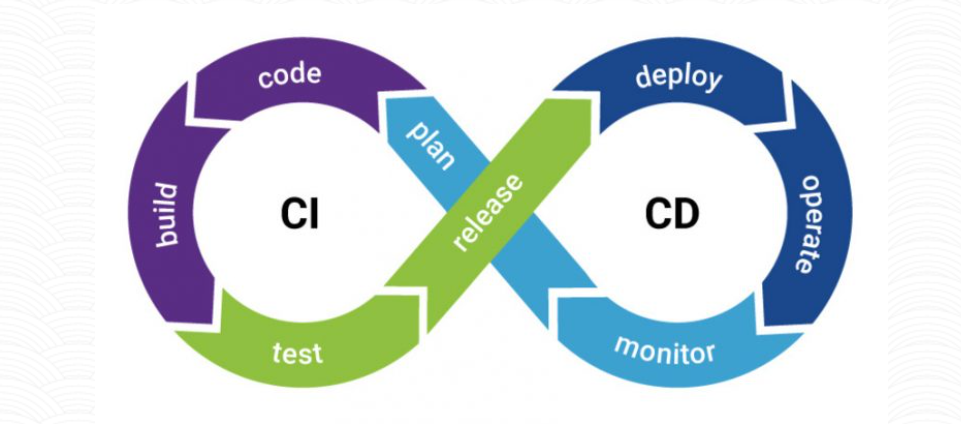Introduction
The software and application development industry has gone through tremendous changes in the last few decades, from the olden days when software was installed on desktops, to the web-based SaaS applications we see today. The transition is not just seen in the way applications are used but is gregarious in the development methodologies; from the traditional waterfall development to Agile and the new trend of DevOps. What is Continuous testing in Continuous Integration (CI) / Continuous Delivery (CD)?
What is Continuous Testing?
Continuous testing is a way to ensure our product is released to the market with the quality customers expect. This helps us bring testing up to speed with the pace of Agile development. While continuous testing is beneficial in many ways, it is very challenging. Continuous testing is a software testing approach in which the product is to evaluate early, often, and throughout the CD process.
Traditionally, testing software is only done after the automation code is written and sent to the quality assurance department to test independently. After the bugs are found, the code is then sent back to the developers to fix.
In a relatively functional testing model, it is risky, disrupted, and time-consuming. That is where continuous testing becomes valuable. Testing automation code directly after submitting it to the repository helps detect bugs before any additional code is written. So, we should not avoid bug fixes.
Benefits of Continuous Testing
•Finding errors: Ensure as many errors are found before code is being released to production.
•Test early and often: Testing is happening throughout the development, testing, delivery, and deployment cycles.
•Earning customer loyalty: Accomplish continuous improvement.
•Automation: Automate your test cases to decrease the time that is spent on testing.
•Increase release rate: Speed up delivery to the production and release faster.
•Reduce business risks: Assess the potential problems before they become an actual problem.
How to Achieve Continuous Testing with CI/CD
The main purpose of CI/CD is continuous integration, continuous delivery, and continuous deployment. It is a solution to the problems that integrating with new code can cause for development and operations teams. CI/CD is an ongoing automation and continuous monitoring process that lasts throughout the lifecycle application- from integration and testing phases to delivery and deployment.

Continuous Integration
Continuous integration (CI) is a phenomenon that helps developers merge their code changes into the shared repository. After the developer completes all the code changes, and all the changes are merged to the repository, these changes are validated by automatically building the application and running on different levels of automated testing. An example of this would be unit testing and integration testing to make sure that code changes have not disturbed the application. This means testing everything from classes and functions to the different modules that comprise the entire app. If automated testing discovers a conflict between the new and existing code, CI makes it easier to fix those bugs quickly and often.
Continuous Delivery
Continuous delivery is nothing but the extension of continuous integration. After the newly developed code is integrated, the new build undergoes automated tests, and the code is pushed to the mock servers. The main purpose of continuous delivery is to perform the application deployment seamlessly, reduce the risk, and ensure the application will work perfectly in the production environment.
Continuous Deployment
Continuous delivery is followed by continuous deployment. The software build that passes all the automation tests suite will be directly deployed into the production environment. In this process of continuous deployment, there is no need for a person who decides when and what goes into production. The final step in a continuous integration/continuous deployment phenomenon with continuous deployment is automatically deploying all the build components and packages that successfully exit the delivery process. This kind of automatic deployment can be configured to quickly distribute all the components, features, and fixes to clients and customers, and provide quick clarity on what has been pushed to the production as part of the deployment.
Automation Tools Used For CI/CD Testing
Automation tests are run to verify the new code changes on the build. Automation testing helps the entire CI/CD process and the success of delivering bug-free or zero defect applications depends on it. The code undergoes various test phases depending upon the complexity and requirements of the project.
The popular tools available for automated testing are Telerik Test Studio, Selenium, Robotium, SoapUI, UFT, and TestDrive,
Below are some of the CI/CD tools that are widely used in the software testing industry to achieve CI/CD for the above-mentioned testing tools.
- Jenkins
- Buildbot
- Travis CI
- Atlassian Bamboo
Conclusion on CI/CD Testing Capability
Finally, we can conclude that CI/CD helps organizations in the IT industry to deliver software applications quickly and efficiently. CI/CD is an effective process for getting products to market faster than ever before, continuously delivering code into production, and ensuring an ongoing flow of new features and bug fixes via the most efficient delivery method. At XTIVIA, we are trying to incorporate the CI/CD methodologies in our own testing areas.

